When most people think of fruit and nut trees, apples, peaches, or pecans usually come to mind. But many of the edible plants we’re familiar with aren’t native to the Southeast—or even to North America. By planting edible, native trees and shrubs, you can grow delicious food while also supporting local wildlife, conserving resources, and adding year-round beauty to your landscape.
Why Plant Edible Native Trees?
Edible native trees and shrubs provide multiple benefits:
- Low maintenance: Native plants evolved here and are adapted to our climate. Once established, many natives require less care than non-native crops.
- Wildlife support: Native plants feed pollinators, birds, and beneficial insects. For example, American plum serves as a host plant to more than 300 species of caterpillars.
- Food production: Whether you’re interested in eating fresh, making jams, or roasting nuts, native plants offer a variety of options.
- Beauty in the landscape: From the early spring blossoms of American plum to the showy flowers of passionflower vines, native edibles can contribute seasonal interest to your landscape.
By planting these species, you invest not only in your garden but also in the ecological health of your community.
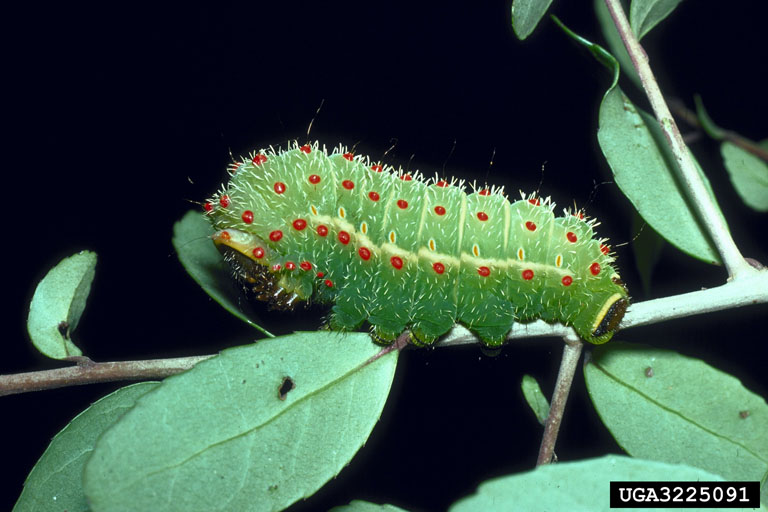
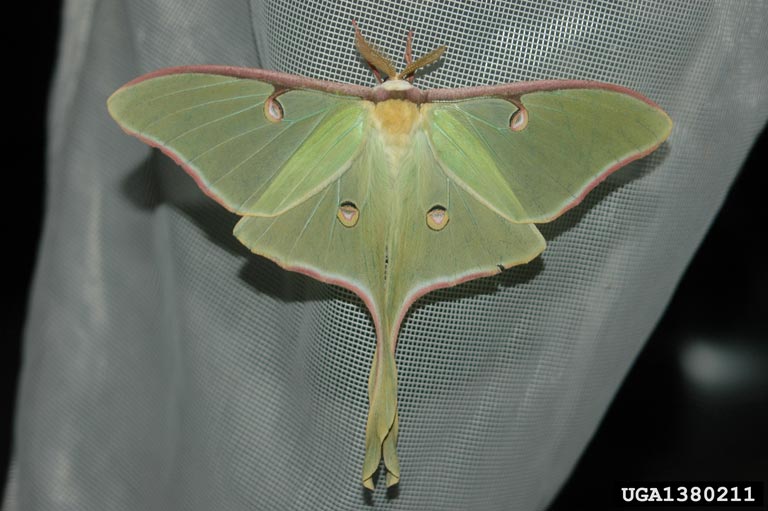
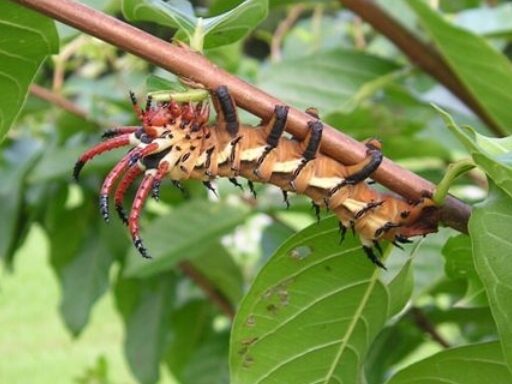
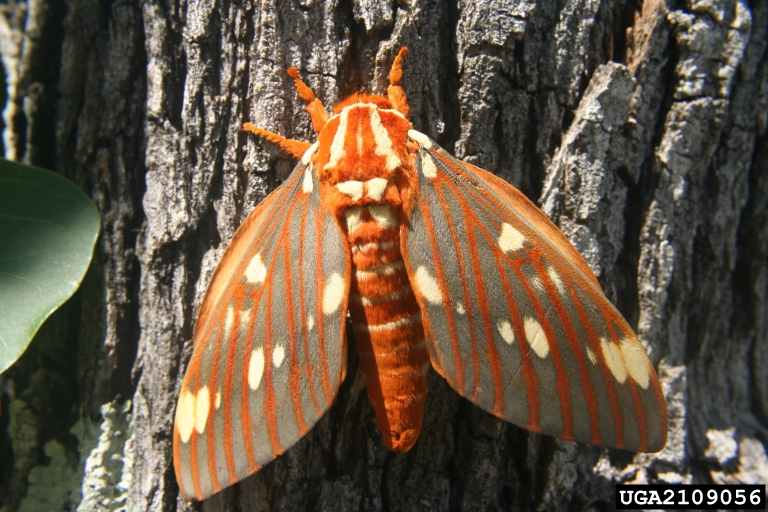
Recommended Native Edibles
Here are a few species worth considering for residential gardens:
- American persimmon (Diospyros virginiana): A medium to large tree (30–80 ft) with sweet fruit when ripe. Persimmons are dioecious, meaning you’ll need both a male and female tree nearby for fruit production.
- Pawpaw (Asimina triloba): North America’s largest native fruit and the only temperate member of the custard apple family. This small, columnar tree (15–30 ft) thrives in partial shade and produces tropical-flavored fruit if cross-pollinated with a genetically different pawpaw.
- Serviceberry (Amelanchier species): A small tree (15–25 ft) with cranberry-blueberry–like fruit. It doubles as a beautiful understory tree.
- Elderberry (Sambucus canadensis): A small, fast-growing tree (5–12 ft) that tolerates moist soils. Its berries make excellent syrups and preserves but must be cooked to avoid toxicity.
- American hazelnut (Corylus americana): A medium shrub (9–12 ft) that produces nuts within 2–3 years. Plant at least two shrubs for cross-pollination.
- Muscadine grape (Vitis rotundifolia): A hardy vine well-adapted to the Southeast. These grapes need a strong trellis system and regular pruning but reward you with abundant, delicious fruit.
- Maypop/Passionflower (Passiflora incarnata): A perennial vine that dies back each year but regrows vigorously. It produces edible fruit and is the host plant for gulf fritillary butterflies.
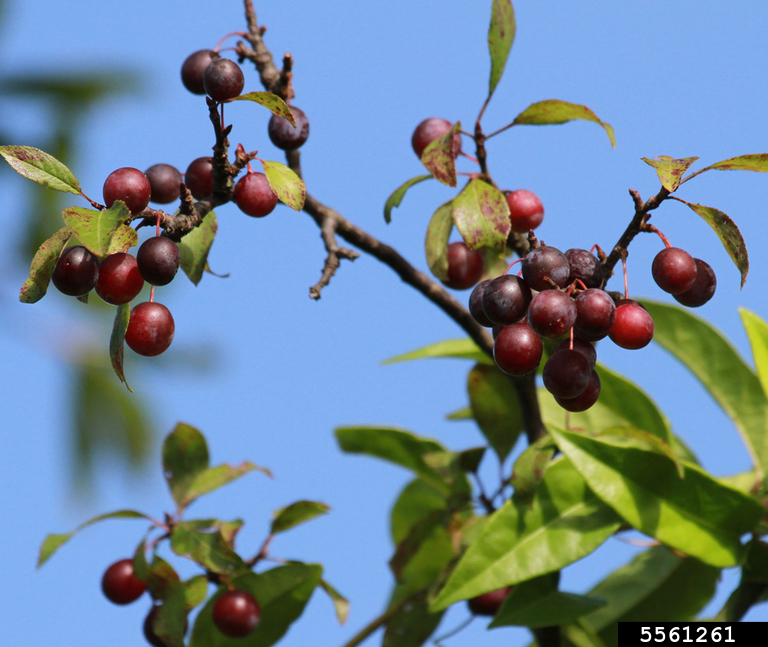
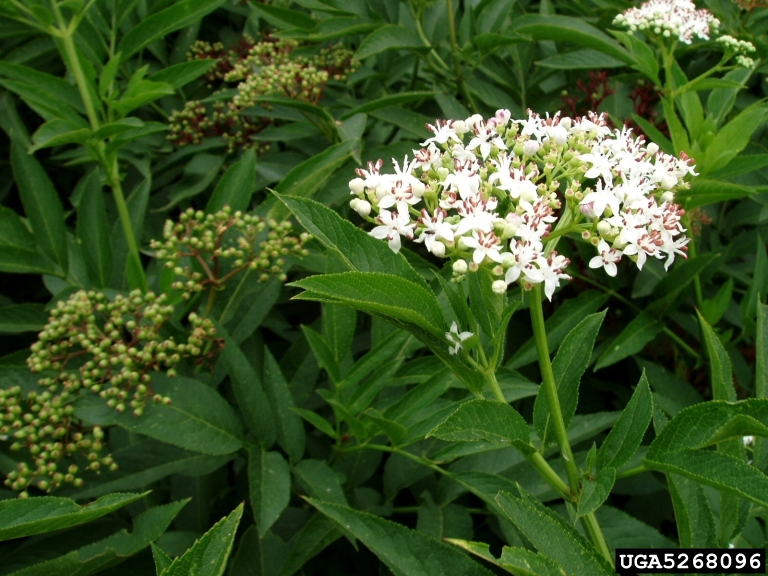
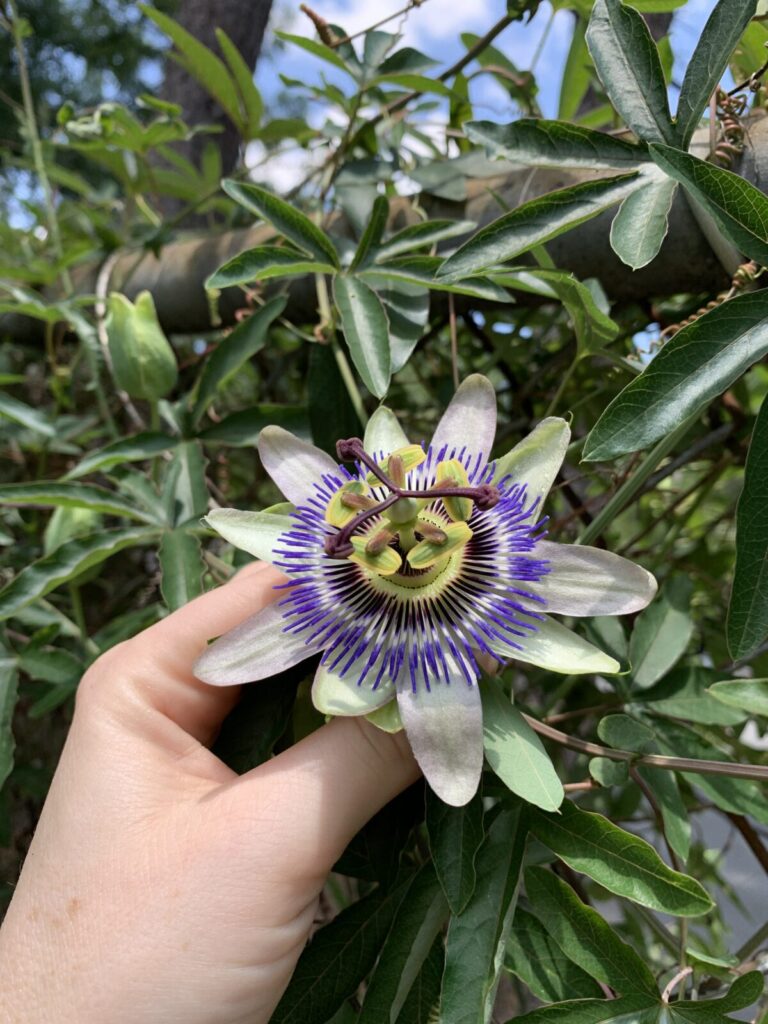
Other options include shagbark hickory, black cherry, red mulberry, Chickasaw plum, and Allegheny chinquapin. Each comes with unique flavors, forms, and landscape uses.
Things to Consider Before Planting
Before adding native edibles to your garden, it helps to think about how they will fit into your household and landscape. Start with taste—what do you and your family enjoy eating? Some fruits, such as pawpaws or persimmons, have unique flavors that may be unfamiliar, while others like elderberries need to be cooked before eating. Nuts will require the extra step of cracking. It is also worth considering how much fruit you can realistically use, since many native species have a short shelf life.
Aesthetic fit also plays a role. Serviceberry has a neat, elegant form that works well in most landscapes, while mulberry tends to look messier and less formal. Be sure to check the mature size and growth habits of any plant before buying. Some, like American plum or elderberry, spread by suckering and can quickly form thickets if not managed. By taking stock of your preferences, capacity, and garden design, you can select the right native species to meet your needs.
Site Selection and Preparation
Native fruit and nut trees are an investment, so choose your planting site carefully. Use the “Right plant, right place” principle: match a plant’s needs for light, soil drainage, and fertility with what your site offers.
Conduct a soil test several months before planting. Knowing your soil’s pH and nutrient levels helps you amend correctly and avoid waste.
Perform a percolation test to see how well your soil drains. There are lots of videos and instructions online. If drainage is poor, you may need to add organic matter, select species that tolerate wetter soils (like elderberry or pawpaw), or grow in containers.
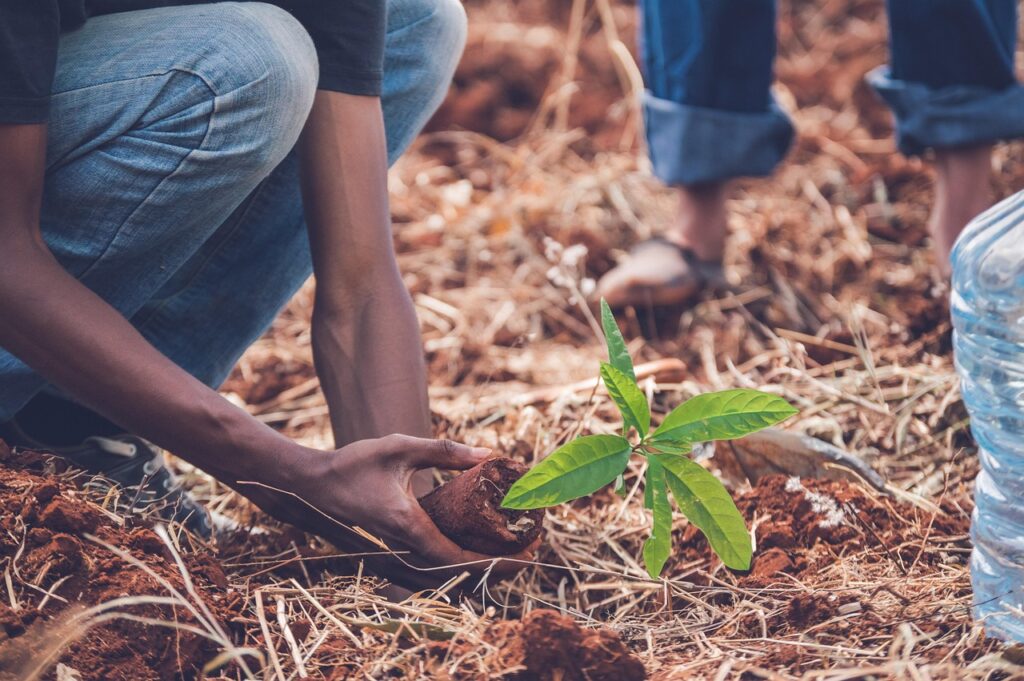
Caring for Your Investment
Although native edibles usually require less maintenance, they still benefit from consistent care. Fertilizing according to soil test results will give your trees and shrubs the nutrients they need without unnecessary waste. Watering is especially important in the first years after planting, so consider using a simple rain gauge to track natural rainfall and supplement as needed. Pruning is another essential task for shaping plants, keeping them at a manageable size, and improving air circulation and fruit quality.
Regularly observing your plants for insects, diseases, or signs of stress allows you to respond early if problems arise. Finally, keep in mind that soil health changes over time. Retesting your soil every few years ensures that pH and nutrient levels stay balanced, supporting long-term growth. With attention to these practices, your investment will bear fruit for years to come.
Bringing It All Together
Integrating edible native trees into your garden is a rewarding way to combine food production, biodiversity, and landscape beauty. Whether you choose a stately persimmon, a graceful serviceberry, or a dramatic passionflower vine, you’ll enjoy the unique flavors of the Southeast while creating habitat and resilience in your own backyard.
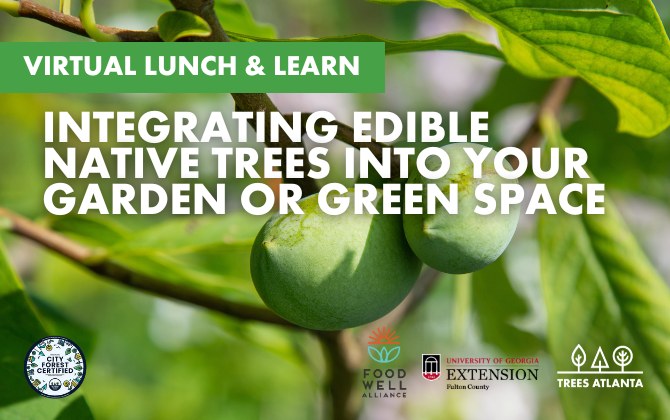
If you’re interested in learning more about native fruit trees, join Join UGA Extension Fulton County, Food Well Alliance, and Trees Atlanta for a virtual lunch & learn that celebrates the power of native fruit and nut trees in Atlanta’s urban landscape.
Whether you’re planting in a community garden, backyard, urban farm, food forest, or schoolyard, you’ll learn how native edible trees:
- Thrive with less maintenance in Atlanta’s unique climate and soils
- Enhance food security for people and wildlife
- Conserve water and improve soil health
- Boost biodiversity and air quality
- Offer unforgettable flavors you won’t find in stores and sometimes even farmer’s markets!
This program is perfect if you are looking to earn the Local Food Stewardship Track with City Forest Certification.
Learn More
- Minor Fruits and Nuts in Georgia
- Home Fruit Orchard Pruning Techniques
- NC State Extension Plant Toolbox – great for searching characteristics and care requirements for plants
- Native Edible Plants in Georgia